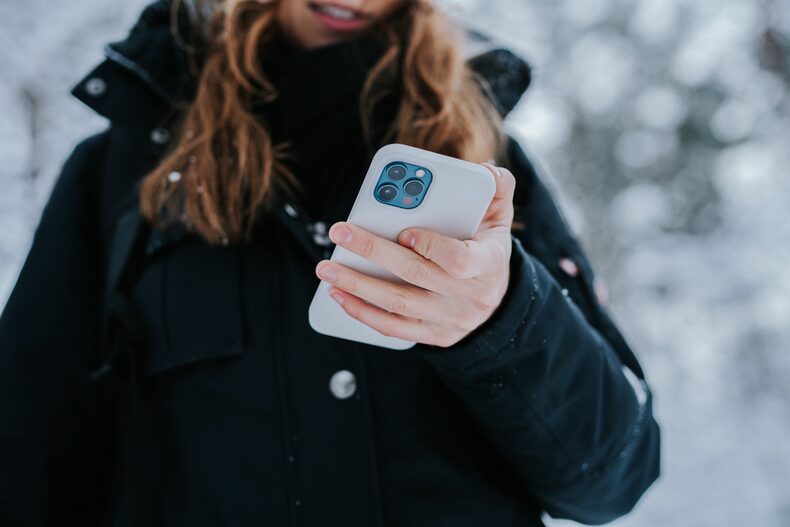A report from the site SellCell found that Apple’s latest smartphone, the iPhone 16, performed the worst in terms of value retention compared to other models.
Big tech companies strive every year to launch new models in the competitive smartphone market which ends up gradually causing previously released devices to lose value.
In the case of iPhones, depreciation usually doesn’t affect them too much, as they can usually hold their value well. However, according to a recent study by the platform specializing in mobile phones, SellCell , This panorama is changing especially after the recent launch of the iPhone 16.
What do we know about the depreciation of iPhones
For several years, Apple has managed to ensure that its models maintain their value compared to other smartphones.
However, companies are now integrating new technologies into their devices, such as artificial intelligence. Given this context, the site SellCell sought to analyze whether the company founded by Steve Jobs had continued to make efforts so that its models did not depreciate so quickly.
SellCell conducted its study analyzing the values of iPhones, from 11 to 16, in more than 40 “trusted” buyback services. This data was compared to check whether this range of smartphones continues to dominate in terms of value retention.

The report’s findings show that the outlook for iPhones is not as bright as before. While they hold up well to the competition in terms of depreciation, it has also been found that newer models have been affected by a much faster loss of value.
“Compared to its own previous models, its value retention becomes somewhat less impressive each year,” the study describes.
How much each iPhone model has depreciated
The least encouraging scenario concerns Apple’s latest smartphone, the iPhone 16 series, which only hit the market in September this year.
According to the report, in the two weeks since its launch, this model performed the worst in value retention: lost 41.2% . This assumes a 8.0% difference with iPhone 15 which, during the same period, had shown a drop in its value of 33.2%.
In contrast, the iPhone 11 series lost 43.8% of its value in the twelve months following its launch. The iPhone 12 lost the same amount in the first twelve months, although that’s the only exception.
Meanwhile, the series of The iPhone 13 dropped in value by 46.2% in its first year, which equates to an increase in depreciation of 2.4% compared to the previous model. SO, The iPhone 14 lost 47.7%, 1.5% more than the 13 series.
Finally, the iPhone 15 lost 48.2% of its value, which is an increase of 0.5% more than the 14 series.
The report also notes that there is still hope for the iPhone 16, which performed the worst. If demand for this model increases in the coming months, the depreciation “could slow or even reverse.”
And the competition?
At SellCell, they also investigated Apple’s main smartphone competitor: Samsung.
At the moment, Samsung is not the best when it comes to value retention, but it has managed to gradually move closer to the dominance of the Apple company.
The above is reflected in the fact that its Galaxy S24 series, released in January this year, suffered a 50.4% depreciation in its first six months. But compared to its predecessors, the S23 and S22, the S24 managed to retain its value better: in the same period of time, these models lost 54.1% and 54.4% of their value respectively.
Source: Latercera
I’m Rose Brown , a journalist and writer with over 10 years of experience in the news industry. I specialize in covering tennis-related news for Athletistic, a leading sports media website. My writing is highly regarded for its quick turnaround and accuracy, as well as my ability to tell compelling stories about the sport.


